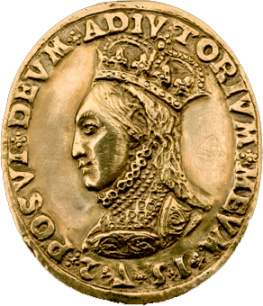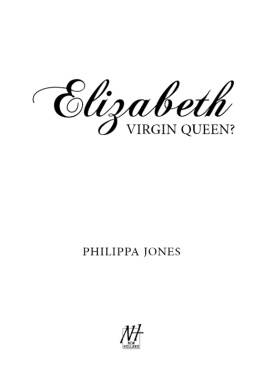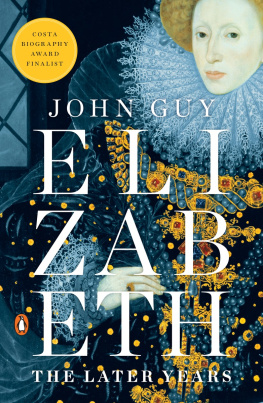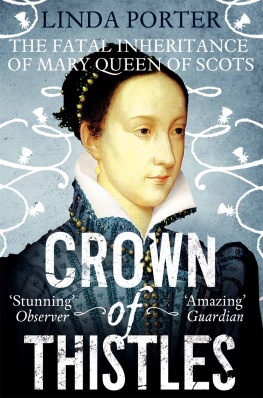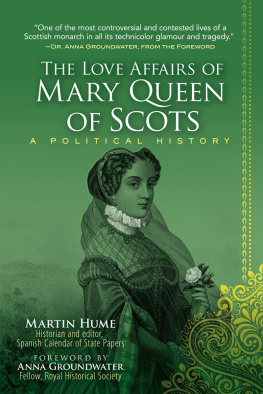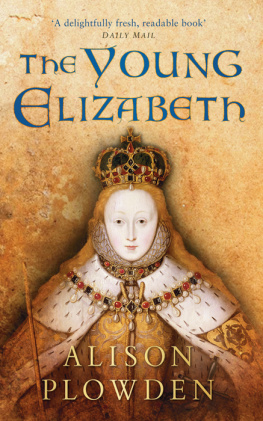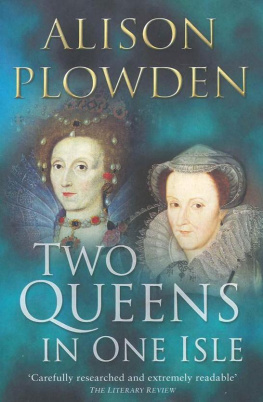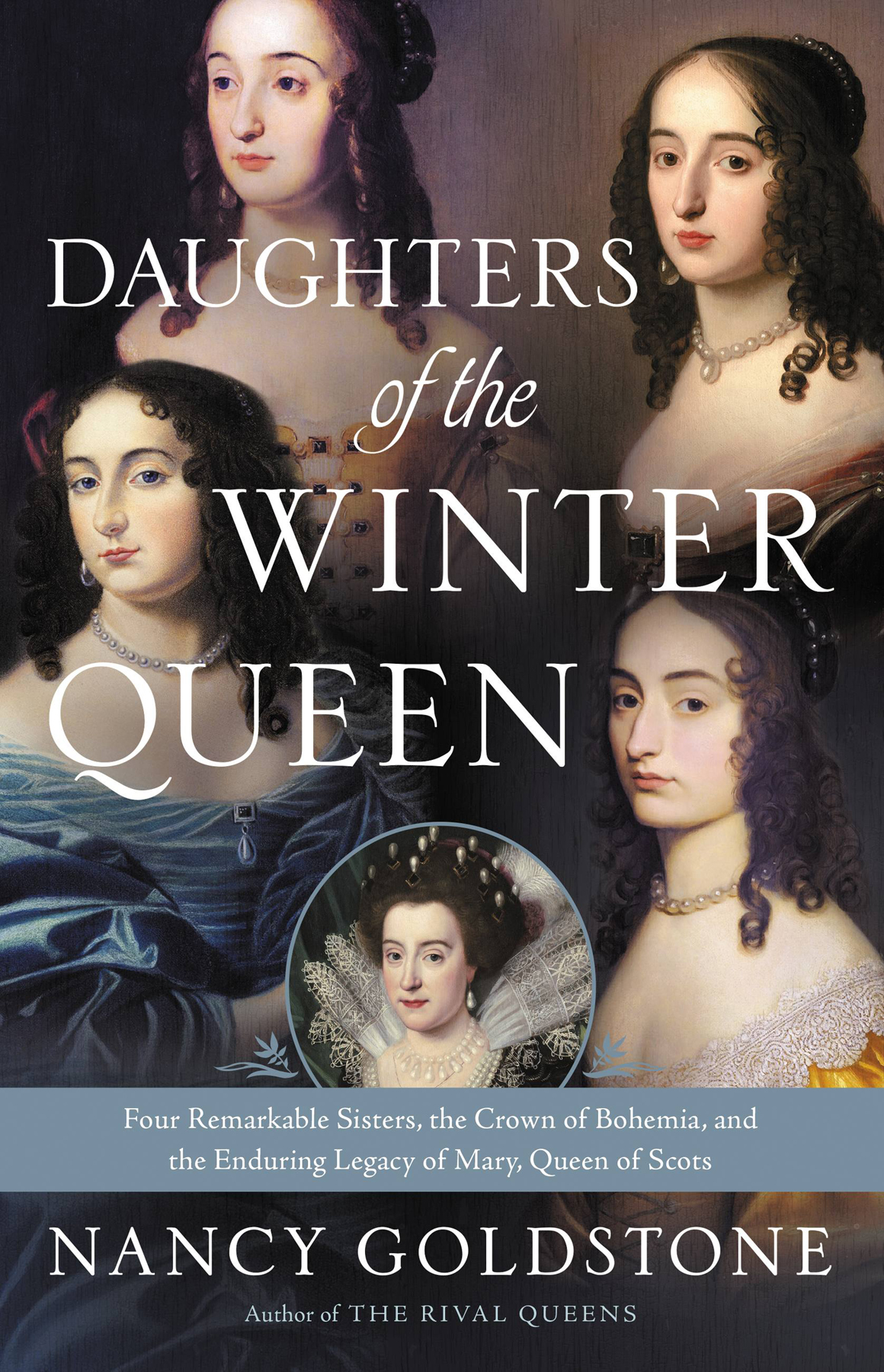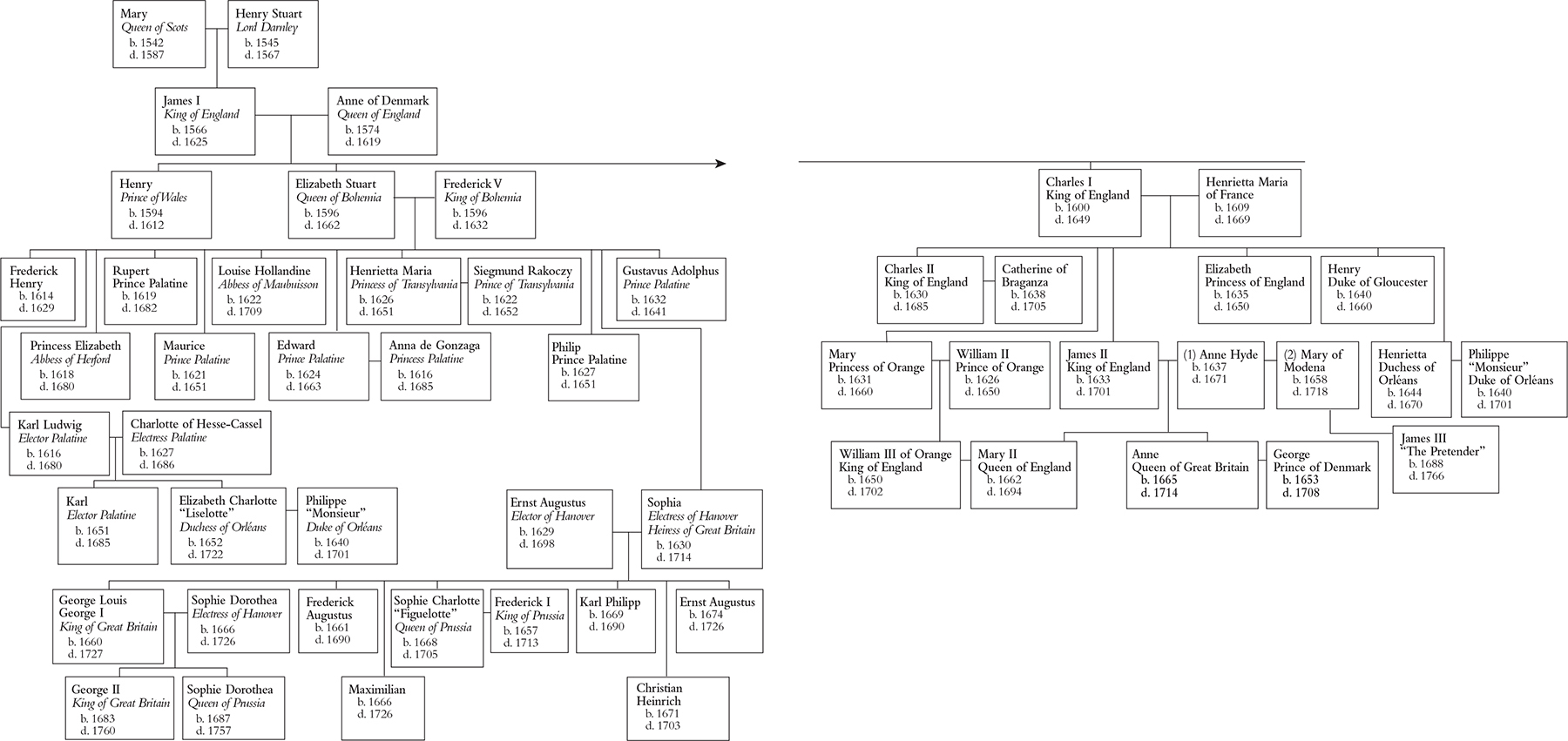Cover copyright 2018 by Hachette Book Group, Inc.
Hachette Book Group supports the right to free expression and the value of copyright. The purpose of copyright is to encourage writers and artists to produce the creative works that enrich our culture.
The scanning, uploading, and distribution of this book without permission is a theft of the authors intellectual property. If you would like permission to use material from the book (other than for review purposes), please contact permissions@hbgusa.com. Thank you for your support of the authors rights.
Little, Brown and Company is a division of Hachette Book Group, Inc. The Little, Brown name and logo are trademarks of Hachette Book Group, Inc.
The publisher is not responsible for websites (or their content) that are not owned by the publisher.
The Hachette Speakers Bureau provides a wide range of authors for speaking events. To find out more, go to hachettespeakersbureau.com or call (866) 376-6591.
Map by Jeffrey L. Ward
The Rival Queens: Catherine de Medici, Her Daughter Marguerite de Valois, and the Betrayal That Ignited a Kingdom
The Lady Queen: The Notorious Reign of Joanna I, Queen of Naples, Jerusalem, and Sicily
The Maid and the Queen: The Secret History of Joan of Arc
Four Queens: The Provenal Sisters Who Ruled Europe
Trading Up: Surviving Success as a Woman Trader on Wall Street
By Nancy Goldstone and Lawrence Goldstone
The Friar and the Cipher: Roger Bacon and the Unsolved Mystery of the Most Unusual Manuscript in the World
Out of the Flames: The Remarkable Story of a Fearless Scholar, a Fatal Heresy, and One of the Rarest Books in the World
Warmly Inscribed: The New England Forger and Other Book Tales
Slightly Chipped: Footnotes in Booklore
Used and Rare: Travels in the Book World
Deconstructing Penguins: Parents, Kids, and the Bond of Reading
To Lee and Larry, with all my love
Nor shall less joy your regal hopes pursue
In that most princely maid, whose form might call
The world to war, and make it hazard all
Its valor for her beauty; she shall be
Mother of nations, and her princes see
Rivals almost to these.
A prescient description of fourteen-year-old Elizabeth Stuart, the future Winter Queen, in a poem by Ben Jonson, June 1610
She has bin long admird by all the Learned World as a Woman of incomparable Knowledge in Divinity, Philosophy, History, and the Subjects of all sorts of Books, of which she has read a prodigious quantity. She speaks five Languages so well, that by her Accent it might be a Dispute which of em was her first.
John Toland, secretary to the English embassy to Hanover, reporting on the character of Sophia, youngest daughter of the Winter Queen, September 1701
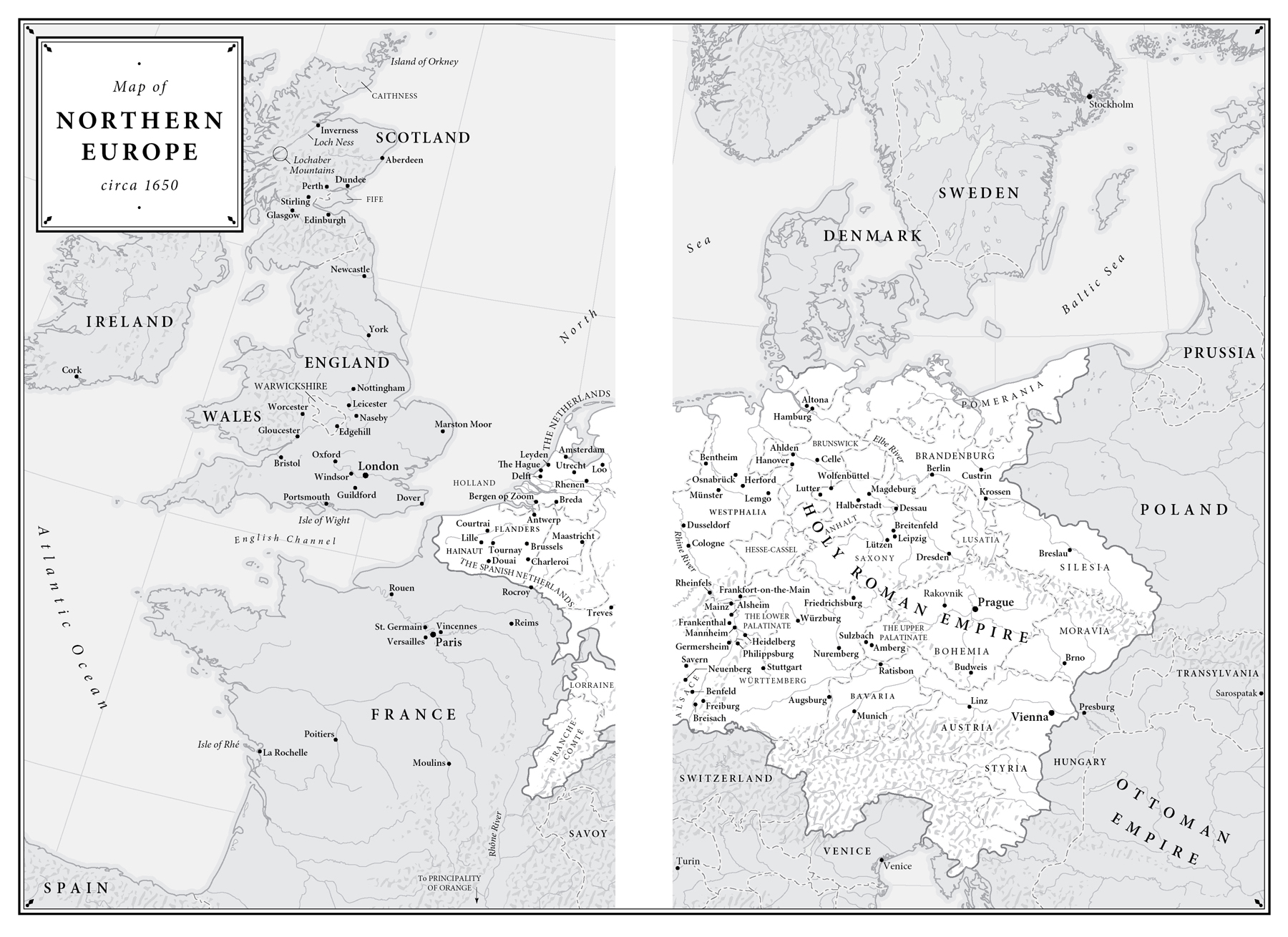
The castle at Fotheringhay, about sixty miles northwest of London, Wednesday, February 8, 1587
T HE DAY HAD DAWNED INCONGRUOUSLY fair, the soft rays of the winter sun gradually diffusing the darkness to illuminate the forbidding aspect of the vast medieval fortress, nearly five centuries old, that dominated the surrounding landscape. But the warming light did nothing to lift the spirits of those sequestered behind the citadels impregnable walls, for on this morning, Mary Stuart, queen of Scotland, was to be executed.
She had been convicted four months earlier of treason against her cousin the English queen Elizabeth I. At a trial eerily reminiscent of the inquisition of Joan of Arc, against all protocol, Mary had been denied counsel and forced to face her accusers alone. Her crime lay not so much in the details of the charges against her but in the unshakable constancy of her faith. In an effort to intimidate her, her interrogators, all men well versed in the complexities of English law, thundered their impatient questions at her so rowdily that it was impossible for her to answer them all. It was critical that Mary acknowledge her guilt, but her bold responses and repeated protestations of innocence denied her judges the confession they sought. In length alone did the queens ordeal differ materially from the saints. It had taken the inquisition months to condemn Joan, a simple peasant girl, to the stake. Mary, once queen of France as well as Scotland, was convicted and sentenced to beheading in just ten days.
The delay between verdict and punishment was attributable to Elizabeth Is obvious reluctance to sign her cousins death warrant. It was not simply a matter of weighing the probable consequences of the act on the kingdoms foreign policy. Elizabeths ambassadors had already sounded out Marys only child, James, king of Scotland, and confirmed that, provided his mothers execution in no way adversely influenced his own prospects of succeeding to the English throne, James would undertake no reprisals should Elizabeth decide on this final, irrevocable step. And although the Catholic kings of France and Spain protested vociferously through envoys against the brutality of the sentence, Elizabeths ministers had concluded that their opposition did not extend to the point of armed intervention in Marys favor. But still, Elizabeth, the Virgin Queen, wavered. It was a grave matter to behead a fellow monarch. It set a sinister precedent. Mary herself recognized this. Please do not accuse me of presumption if, about to abandon this world and preparing for a better one, I bring up to you that one day you will have to answer for your charge, she wrote keenly to Elizabeth from her cell at Fotheringhay.
But by degrees, the queen of England had allowed herself to be convinced of the necessity for ruthlessness by her Protestant councillors, and on February 1, 1587, she added the authority of the Crown to the judgment against Mary by signing the death warrant. Four days later, on February 5, this document was secretly dispatched to Fotheringhay by courier, and on the evening of February 7, as she prepared for bed, Mary was brusquely informed that she would meet her death the following morning at eight oclock.


